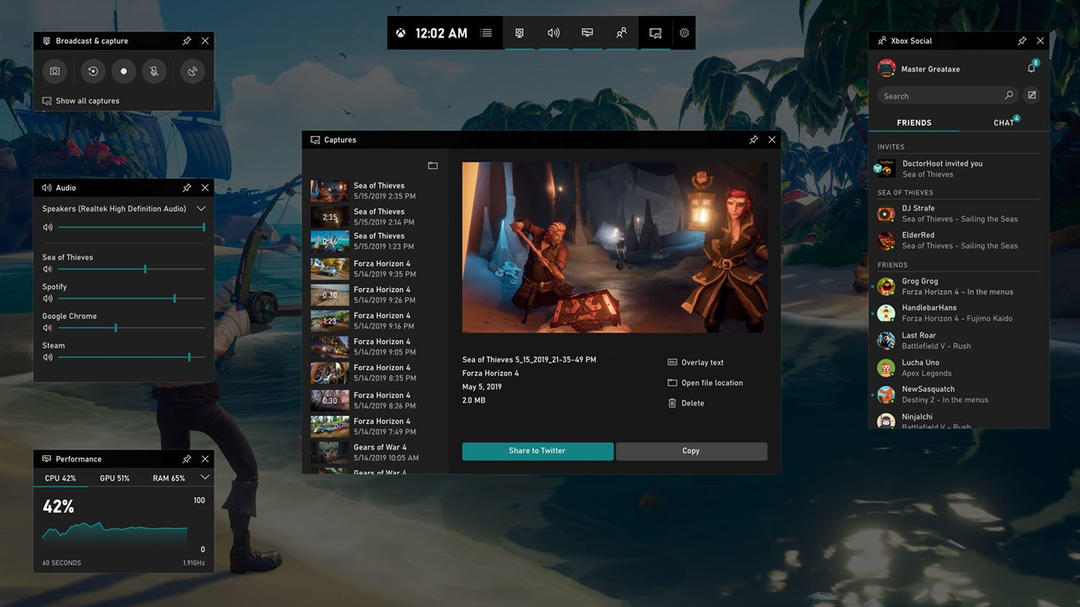This is how you arrange your digital inheritance on your iPhone with Digital inheritance
If you die, everything within your digital world will remain locked for your next of kin. You can do something about that by arranging your digital inheritance on your iPhone.
Read on after the ad.
Contents
Digital Legacy on iPhone
The Dutch spend on average just under 2.5 hours a day on their smartphone. We spend all that time in a world that is ours alone and that no one can reach. We don’t want anyone to access our passwords, see our photos, and access our social media.
But if you die, those are exactly the things your next of kin need. They want to see your photos, they want to post a message on your social media to inform people and they need your passwords to cancel your subscriptions.
That’s why digital legacy is something important to think about. What things do you give your next of kin access to after your death and how do you arrange that? We explain that in this article.
Legacy contact for your Apple ID
Recently, iOS has a special function to arrange your digital inheritance. In iOS 15.2, you can give your descendants access to everything behind your Apple ID after your death. Think of your photos, messages, notes and more.
To do this, go to the Settings app and tap your Apple ID. Then you go to ‘Password and security’ where you choose ‘Inheritance contact’. Apple describes this person as “someone you trust to access the data in your account after your death.” You can add multiple people to this.


As soon as you add someone, the iPhone will generate an access key. That is a QR code that you already send to your contacts. If those people do not have an Apple device, you must print the key and hand it over physically.
If you die, your inheritance contact will only have access to your data with this key in combination with your death certificate. This means that that person cannot just access your data if you are still alive.
Apple reviews the applications and, upon approval, provides a special Apple ID to access your data. Your next of kin will then have access for three years. After that, everything will be deleted.
Passwords are a bit trickier
The passwords that are in your iCloud Keychain are not part of the legacy in iOS. If you use a separate password manager, there are options.
You usually have two choices with popular password managers. Or you write down somewhere for your family how you can access all your passwords. This can only be difficult if, for example, you change your password regularly (which you should) and if you use 2FA (which you should).
Another option to share some of your passwords. For example, 1Password has folders that you can share. The advantage of this is that you do not have to share all your passwords with your next of kin. The downside is that the people you share it with will have direct access to it and can abuse that.

LastPass has a smarter solution. Inside the LastPass vault, you can create a secure folder called “Digital Will” where you put relevant passwords, PINs, and notes. You invite family members for that. They must then select ‘Emergency access’ and request access. If you have died, your family will only have access to your information after a waiting period of your choice. As a result, no abuse can be made.
Things to keep in mind
Think about what you think is important to pass on. For example, your photos, access to your social media, the cloud service where you store files and perhaps also your crypto coins.
Social media platforms do not give relatives access to your account, so you have to arrange that yourself if you think it is important. However, the accounts can be deleted or put on inactive after proof of death. Facebook or Instagram can turn it into a memorial page.
Everything described here will of course be of no use to you after your death, but it can save your next of kin a lot of hassle and work. So do it for them.
Digital security
In addition to your digital legacy, your digital security is important while you are still alive. This can be done, among other things, by installing a password manager. We’ve rounded up the best password apps for you. In addition, we give you even more tips for privacy and security on your iPhone.


